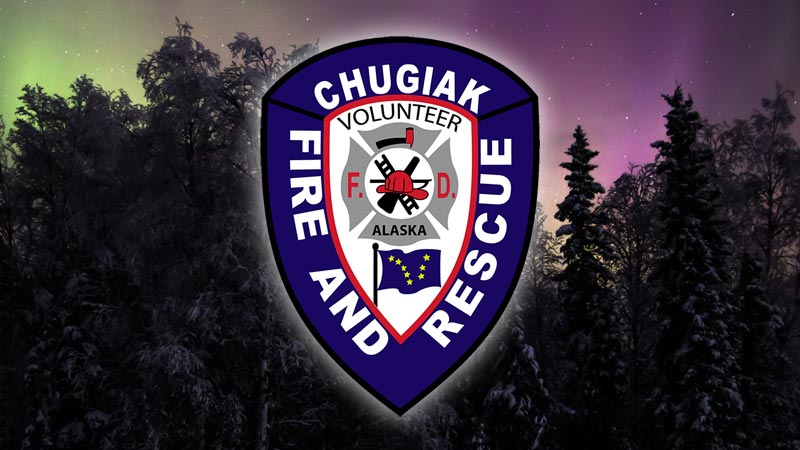(Anchorage, Alaska) The recent bitter cold has sparked an increase in chimney fires in several Alaskan communities. If not detected early these chimney fires can expand into a devastating structure fire. As temperatures drop, many Alaskans rely on their fireplace and woodstoves to keep them warm. Special care and maintenance is required to protect your home when heating with woodstoves and fireplaces.
Moisture and creosote travel up the chimney as the heat and smoke rise. In extremely cold weather these by- products will cool and build up on the inside of the chimney decreasing its efficiency. When these by-products are ignited they can cause the chimney to overheat and fail.
The following safety tips can help Alaskans stay safe and warm throughout this winter season:
- Follow manufacturer’s guidelines when installing new heating equipment.
- Have heating equipment, including the chimney, inspected and cleaned by a qualified professional annually.
- Burn dry seasoned wood only.
- Do not use flammable liquids (gasoline, kerosene, BBQ starter fluid, etc.) to start your fire.
- Do not overload woodstove or fire place with wood.
- Clean chimney monthly with a recommended method if woodstove is used continuously.
- Keep combustibles at least 36 inches away from woodstove or fireplace.
- Keep children away from heating equipment.
- Maintain heating equipment throughout the heating season to insure that it operates safely.
- Install and maintain smoke and carbon monoxide alarms in your home.
- Plan and practice your escape in case of a fire.
Alaska State Fire Marshal David Tyler also adds, “Fire safe behavior can keep a fire from starting. Working smoke alarms, planning and practicing your fire escape plan and adding residential fire suppression sprinklers can ensure your family’s safety if a fire does occur.”

